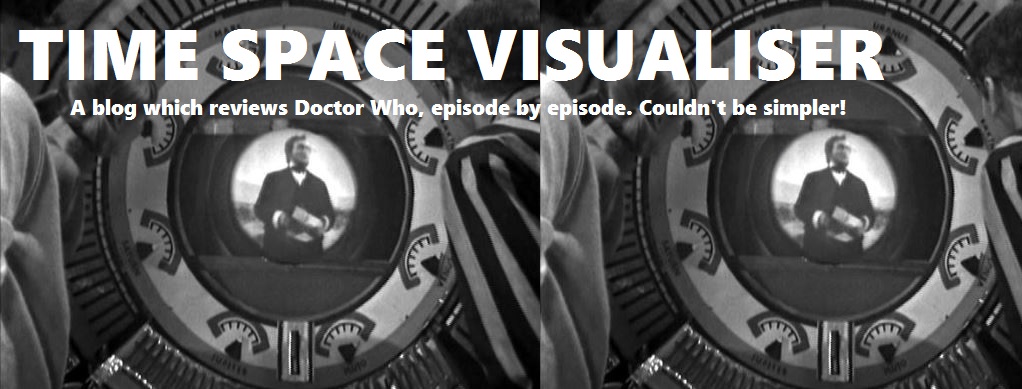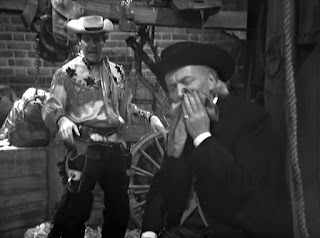The one where the Doctor floods Atlantis and potentially drowns a load of innocent people...
This new Doctor's idea of a plan has so far left a lot to be desired. In The Power of the Daleks his plan led to the partial destruction of the Vulcan colony. In The Highlanders, he armed a bunch of angry Scotsmen and potentially caused the death of a number of highlanders and Redcoats. And now his crazy plan is to flood Atlantis to prevent Zaroff destroying the world.
"Can we all swim?" he flippantly asks. Most Atlanteans probably can, but a good few probably can't, such as children, the elderly, those who are ill, as well as the animals. It's as bonkers as the Fourth Doctor opening the TARDIS doors to flush the Master out in Logopolis, but here, there's a much higher potential loss of life. Sean admits himself that he's not a great swimmer, and there's also reference to some citizens who may have perished, including Lolem (poor Lolem).


















































